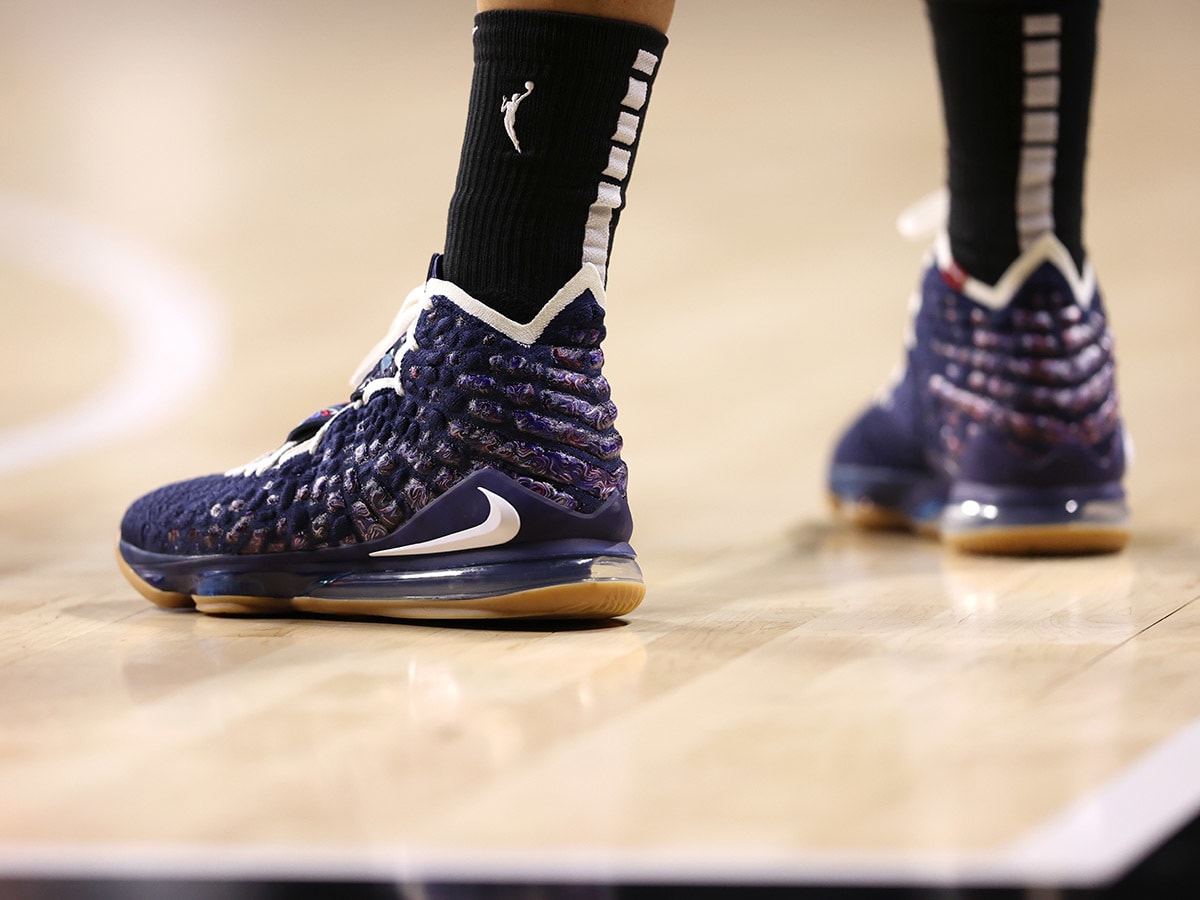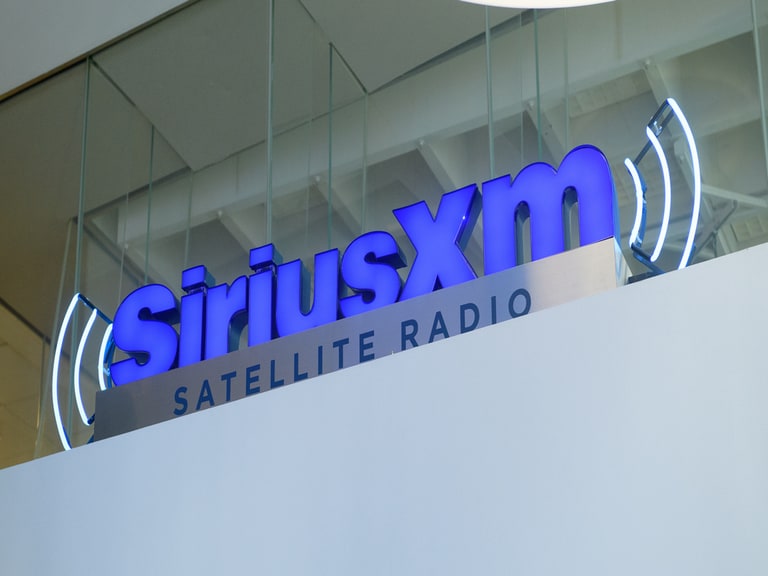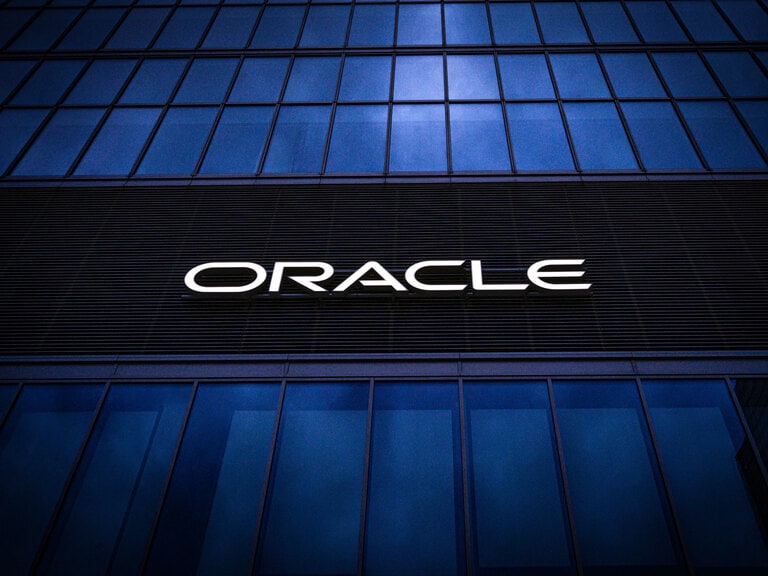Despite ongoing economic disruption stemming from the coronavirus pandemic, the athletic giant has managed to keep a competitive advantage over its peers. Nike’s [NKE] share price hit an intraday high of $130.38 on 23 September following its first quarter 2021 earnings report, released the day before. Will Nike’s share price continue to outperform?
Nike’s share price has been a strong performer so far this year. The stock has climbed 28.7% year-to-date to $129.46 on 12 October and is up 115.7% since dropping to a 52-week low of $60 on 18 March.
The athletic apparel company’s latest quarterly earnings blew analysts, and Nike’s share price, away. Although revenue declined marginally year-over-year from $10.7bn to $10.6bn, net income rose 11% to $1.5bn, or $0.95 per share. The figures surpassed analysts’ expectations of $9.15bn in revenue and earnings of $0.47 per share, according to data by Refinitiv.
Perhaps unsurprisingly, Nike’s share price jumped 13% in after-hours trading following the earnings announcement and closed up 8% higher the next day.
Going digital and direct
Investors are being won over by the Oregon-based company’s successful transition from traditional brick-and-mortar shops to online retail. For the three months to the end of August, digital sales were up 82% year-over-year and accounted for more than 30% of its total quarterly sales. Prior to the pandemic, Nike’s target was for digital to represent a third of its revenue by 2023, but COVID-19-related tailwinds mean it now expects digital to make up almost half of sales within the next two to three years.
According to CNBC, Paul Trussell, analyst with Deutsche Bank, said: “Nike is a better, more profitable company than it was a year ago. And there is quite a short list of entries that have been able to achieve that.”
Brian Nagel, analyst at Oppenheimer, speaking to CNBC, said that Nike has spent less on marketing during the pandemic, which may have helped from an expense standpoint. He added that the return of live and televised sports when lockdowns ease will increase exposure to the brand and may help to drive sales, and Nike’s share price, in the current quarter.
Nagel also noted that robust growth during the pandemic has come on the back of sizable investments that Nike has made to realise its digital ambitions.
One such investment is its acquisition of Boston-based predictive analytics platform, Celect, last year. The platform, which is integrated with Nike’s apps and website, uses past shopping behaviours to predict what consumers want and when they will want it.
As Eric Sprunk, Nike’s then-COO, said in an interview with CNBC at the time: “Our goal is to serve consumers more personally at scale. We have to anticipate demand. We don’t have six months to do it. We have 30 minutes.”
In the wake of the pandemic, this personalisation has never been more important. More people are buying online and are deciding to buy directly from brands out of convenience. Many have also kept active during lockdown using home workouts and fitness plans, and the algorithms integrated into the sports giant’s apps help to convert sweat into sales and growth for Nike’s share price.
The company reported a record number of members working out using its app Nike Training Club, which acquired 25 million new members in the fiscal fourth quarter that ended in May.
In fact, such was the demand for the app that, in July, Nike decided to make it free permanently — previously it had cost $14.99 a month or $119.99 annually. The company also reported four consecutive months of at least a million downloads of its audio-guided runs.
Going forward, Nike intends to continue looking for ways to leverage data and insight from Nike Training Club and its other apps to create a more personalised shopping experience.
John Donahoe, CEO and president of Nike, said on the recent earnings call: “We know a consumer who connects with us on two or more platforms has a lifetime value that’s four times higher than those who don’t.”
A big tick for Nike’s share price
Analysts see plenty of upside for Nike’s share price.
Christopher Svezia, analyst with Wedbush Securities, expects womenswear to be a key driver of future growth as it currently accounts for only a quarter of total sales.
Another driver is likely to be the roll-out of up to 200 Nike Live style stores, which blend data science with a personalised service in a bricks-and-mortar setting to deliver the ultimate offline shopping experience.
Svezia has given the stock an Outperform rating and set a target of $142 for Nike’s share price, which would represent an 11.2% increase from its current level.
Jay Sole, analyst with UBS, told Yahoo Finance that Nike’s digital transformation is “just getting started”. He has rated the stock a Buy and has raised his price target from $127 to $152.
Of the 33 Wall Street analysts providing a rating for Nike on MarketBeat, 29 rate the stock a Buy, three a Hold and one a Sell.
Disclaimer Past performance is not a reliable indicator of future results.
CMC Markets is an execution-only service provider. The material (whether or not it states any opinions) is for general information purposes only, and does not take into account your personal circumstances or objectives. Nothing in this material is (or should be considered to be) financial, investment or other advice on which reliance should be placed. No opinion given in the material constitutes a recommendation by CMC Markets or the author that any particular investment, security, transaction or investment strategy is suitable for any specific person.
The material has not been prepared in accordance with legal requirements designed to promote the independence of investment research. Although we are not specifically prevented from dealing before providing this material, we do not seek to take advantage of the material prior to its dissemination.
CMC Markets does not endorse or offer opinion on the trading strategies used by the author. Their trading strategies do not guarantee any return and CMC Markets shall not be held responsible for any loss that you may incur, either directly or indirectly, arising from any investment based on any information contained herein.
*Tax treatment depends on individual circumstances and can change or may differ in a jurisdiction other than the UK.
Continue reading for FREE
- Includes free newsletter updates, unsubscribe anytime. Privacy policy





